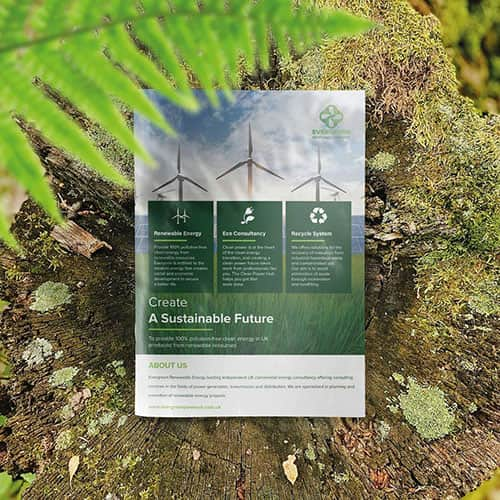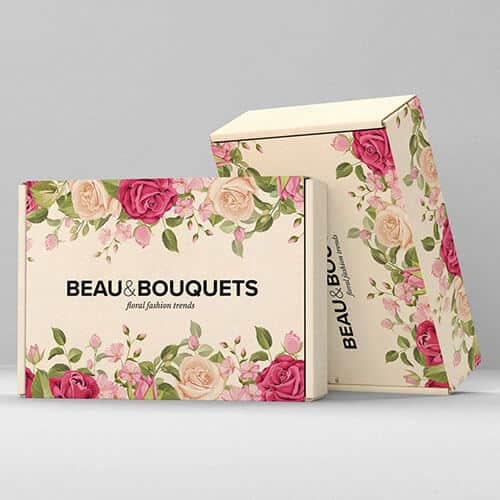Posters are more than just printed visuals; they are powerful communication tools that have influenced societies for centuries. The history of posters is a fascinating journey through time, innovation, and artistic revolutions.
From the earliest forms of visual messaging to today’s digital and printed masterpieces, the evolution of poster design has continuously adapted to cultural and technological advancements.
So, how did poster printing advancements take us from ancient carvings to the stunning, high-resolution promotional prints we see today? Let’s walk history through poster design and discover how posters have changed.
Looking for high-quality, custom-designed posters to elevate your branding? Printingprogress offers expert poster printing solutions to bring your vision to life. Call us on 0800 999 1094 or email info@printingprogress.co.uk to get started!
Posters have not just captured moments in history—they have shaped them. From wartime propaganda to modern advertising, the evolution of poster design tells a compelling story of art, innovation, and influence.
The Origins Of Poster Printing
While it may be surprising, posters—or at least their earliest forms—can be traced back thousands of years. Historians believe one of the earliest recorded examples dates back to 3000 BC, when an Egyptian enslaver, Hapu the Weaver, wrote a public notice to find a missing worker.
While its intent was purely informational, self-promotion within the message makes it one of the earliest forms of advertising!
As civilisations evolved, so did the way messages were shared. Ancient Romans and Greeks used carved stone tablets and wooden boards to display political notices and public information.
However, it wasn’t until the 15th century, with the invention of the Gutenberg printing press, that poster printing began taking shape. Early printed posters were used for public announcements, theatrical performances, and royal decrees.
The Evolution of Modern Poster Prints
Digital advancements and changing marketing strategies have shaped the evolution of poster advertisements. Today, posters are no longer confined to print alone—they have expanded into digital formats, offering versatility across multiple platforms.
- High-resolution digital printing: Cutting-edge printing techniques allow for sharper, more detailed images, making posters more visually impactful.
- Eco-friendly printing: Businesses increasingly opt for sustainable materials and environmentally friendly inks to reduce their carbon footprint.
- Augmented reality (AR) posters: Modern posters can integrate AR technology, allowing viewers to interact with digital elements through smartphones.
- Customisation and personalisation: With advancements in design software, businesses can tailor posters to specific audiences, ensuring targeted engagement.
- Cross-platform promotion: Digital posters can be shared across social media, websites, and email marketing campaigns, maximising visibility and reach.
The Role Of Modern Posters In Branding
Today, posters play an essential role in brand identity and marketing strategies. Businesses, event organisers, and even political campaigns rely on effective poster design to capture attention, convey messages, and enhance visibility.
- Typography: The choice of fonts can dramatically impact a poster’s readability and effectiveness. Bold, easy-to-read typefaces ensure that messages stand out.
- Colour psychology: Strategic use of colours can evoke emotions and reinforce brand identity. Warm tones convey energy, while cool tones create a sense of trust and calm.
- Composition and layout: A well-structured layout with a clear hierarchy ensures that key information is easily digestible for viewers.
- Imagery and graphics: High-quality images and illustrations enhance engagement and make the poster visually appealing.
- Print vs. digital adaptability: Modern posters should be designed for print and digital use, ensuring they look great on billboards and social media.
The Benefits Of Modern Posters For Branding
Posters continue to be a cost-effective and impactful marketing tool. Here are some of the key benefits of using posters in modern branding:
- Cost-effective advertising: Posters are an affordable way to reach a large audience compared to digital ads or billboards.
- High visibility: Whether placed in high-traffic areas, retail stores, or events, posters attract attention and boost brand awareness.
- Customisation and creativity: With modern printing techniques, businesses can create eye-catching designs that align with their brand identity.
- Targeted marketing: Posters can be strategically placed where the target audience is most likely to engage with them.
- Tangible and long-lasting: Unlike online ads that disappear, printed posters have a physical presence that can last for months.
Looking For Custom Poster Prints? Printingprogress Has Got You Covered!
As technology continues to evolve, so will the history of poster design. With AI-driven graphic design, augmented reality posters, and interactive print media on the horizon, we can expect poster printing advancements to take marketing to new heights. However, the poster’s ability to captivate audiences and leave a lasting impression remains unchanged.
What sets us apart?
- Custom, eye-catching designs – Our expert designers craft unique posters tailored to your brand’s message and aesthetic.
- Premium quality printing – We ensure crisp, vibrant, and durable prints using the latest poster printing advancements.
- Fast turnaround and reliable service – We understand deadlines and always deliver on time without compromising quality.
- Wide range of printing options – From event posters to branding campaigns, we offer various sizes, materials, and finishes.
- Expert advice and support – Not sure where to start? Our team provides professional guidance on designing a poster that makes an impact.
At Printingprogress, we specialise in bespoke poster printing and design. Whether you are looking for vintage-style posters, promotional prints, or contemporary marketing materials, our expert team brings your vision to life. Let’s create something unforgettable! Call us today at 0800 999 1094 or email info@printingprogress.co.uk to discuss your next print project.



 Eco friendly, sustainably sourced recycled FCS certified print
Eco friendly, sustainably sourced recycled FCS certified print Takeaway Screens
Takeaway Screens Postal Boxes
Postal Boxes